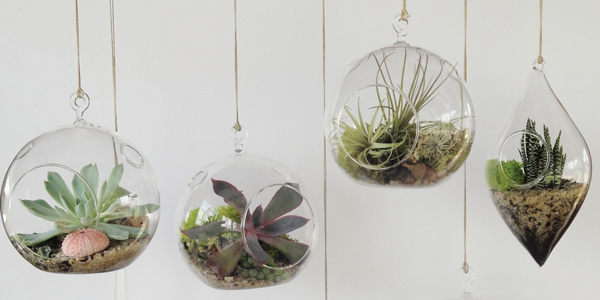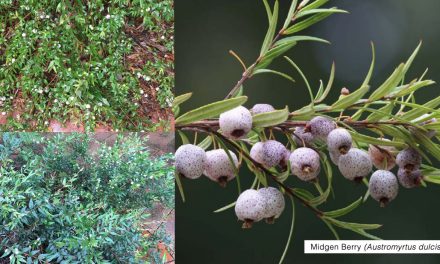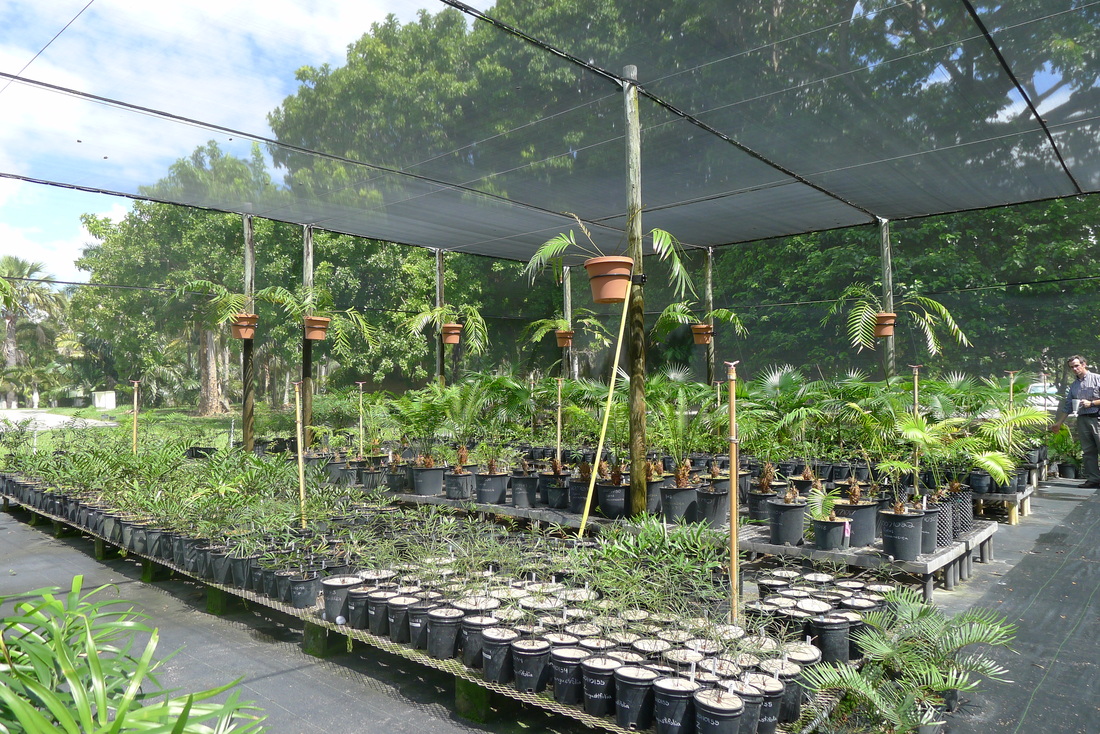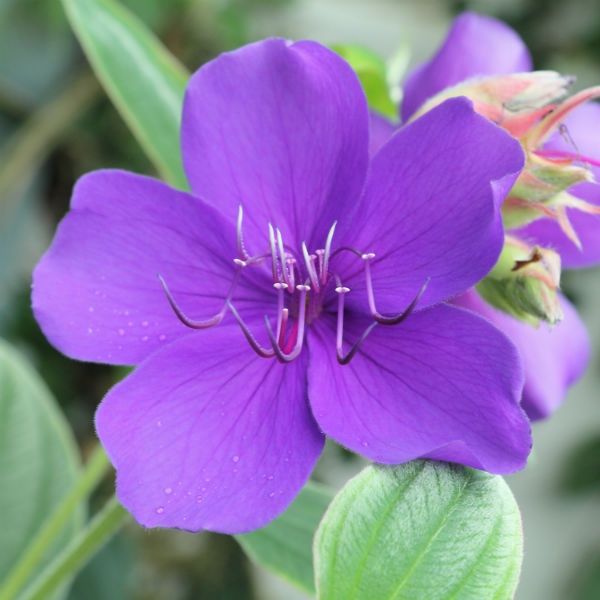Are you the kind of person that would love to keep plants in the home but you just don’t have the time to maintain them?
Well then a terrarium is the perfect solution. A terrarium is a container filled with plants that thrive in humid environments. Essentially it’s a miniature ecosystem that can be arranged to look like an outdoor landscape. Matt Leacy of Landart Landscapes gives us the ingredients we need to create an ideal terrarium for our homes.
1. A quirky container
Get creative with your container choice. Large fish bowls, vases or jars make good terrarium containers, but any clear glass or plastic container will work. Whatever you choose ensure it isn’t completely sealed. It needs to have some kind of opening, whether it’s the size of a 50 cent piece or the top of a paint can. The general rule of thumb is the smaller the opening the better, as it will create a more humid environment for the plants. Remember you still need to be able to get your hands inside to arrange the plants!
2. A good base
Start with a layer of gravel or pebbles at the very bottom of the container. This will stop the roots of plants going through to the bottom and sitting in the water. On top of the pebbles place a layer of activated charcoal, which will absorb any excess moisture within the container. A layer of sphagnum moss will then be needed, followed by a layer of soil about 40mm deep. The moss will ensure the soil doesn’t contaminate the charcoal and moss below.
3. Pick your plants
A terrarium enables you to grow plants that you probably wouldn’t be able to grow normally. Look for plants that thrive in humidity – peporomia, hypoestes, little ferns and succulents, like echeveria and sedum will all fit the ball. Air plants like tillandsias also work well in terrariums.
4. A bit of creativity
Not only are terrariums more easy to maintain than traditional plants, but they often look more interesting. Experiment with the arrangement of plants within your container to create miniature landscapes. Create hills and valleys, and add extras things like driftwood to enhance the feature.
5. The correct positioning
Terrariums have the power to lift the energy in just about any room of the house. But if you want your terrarium to live, remember not to place it in direct sunlight. Don’t let this put you off placing it on a window sill, the terrarium will survive as long as the sun isn’t shining straight onto it.
6. Light maintenance
If you get the positioning right then your terrarium shouldn’t need much maintenance. Keep an eye on the moisture levels by putting your finger into the terrarium about once a week. If the soil feels damp then it doesn’t need to be watered just yet. The positioning of your terrarium and the size of the opening in the container will affect how often it needs to be watered. The smaller the opening the less water it will need.












